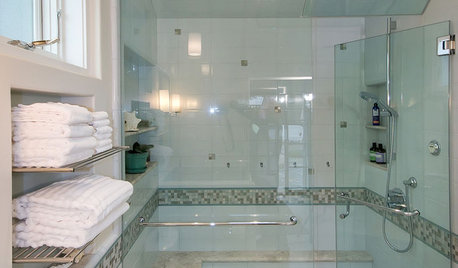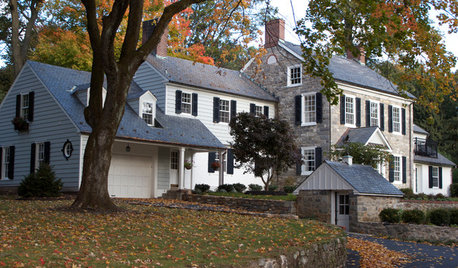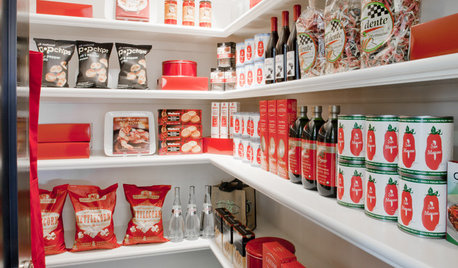drip timing/intervals
hydroman333
18 years ago
Related Stories

GARDENING GUIDESHow to Install a Drip Irrigation System
Save time and water with a drip watering system in your vegetable garden — a little patience now will pay off later
Full Story
GARDENING GUIDES7 Ecofriendly Gardening Ideas That Also Cut Chore Time
Spend less time weeding, less money watering and more moments just sitting back and enjoying your healthy garden
Full Story
SHOWERSGet Steamy in the Shower for Spa Time at Home
Learn the components of a steam shower to plan a safe and sturdy installation and a soothing bath experience
Full Story
HOUSEKEEPINGIt’s Time to Clean Your Gutters — Here’s How
Follow these steps to care for your gutters so they can continue to protect your house
Full Story
HOME TECHIs the Timing Finally Right for Framed Digital Art?
Several companies are preparing to release digital screens and apps that let you stream artworks and video on your wall
Full Story
EVENTSOn Show: The Greatest Invention of Our Time
An exhibit spotlights remarkable new directions for an object we'd all be hard pressed to live without
Full Story
SHOP HOUZZHouzz Products: It’s Prime Time for TV Dinners
Welcome the new television season with a chic viewing and dinner party for yourself or a few friends
Full Story
DECORATING GUIDESTrend Alert: Paint Gone Wild
Give your home an artful touch in drips and drabs, with paint treatments that feel free to splatter and splotch
Full Story
HOUZZ TOURSMy Houzz: Art and Lucky Finds Fill an Airy New House
Bicycle wheels, wire hangers, IV drips ... anything can become furniture in this artistic family's home
Full Story
KITCHEN STORAGEGet It Done: How to Clean Out the Pantry
Crumbs, dust bunnies and old cocoa, beware — your pantry time is up
Full StoryMore Discussions







willardb3
DRKboss
Related Professionals
Baltimore Landscape Architects & Landscape Designers · Hershey Landscape Architects & Landscape Designers · Middle River Landscape Architects & Landscape Designers · Allentown Landscape Contractors · Bedford Landscape Contractors · Bethel Park Landscape Contractors · Cedar Hill Landscape Contractors · Elmhurst Landscape Contractors · La Vista Landscape Contractors · Las Vegas Landscape Contractors · Maywood Landscape Contractors · Melrose Park Landscape Contractors · Petaluma Landscape Contractors · Ronkonkoma Landscape Contractors · York Landscape Contractorshydroman333Original Author
chefmichel
hank_mili